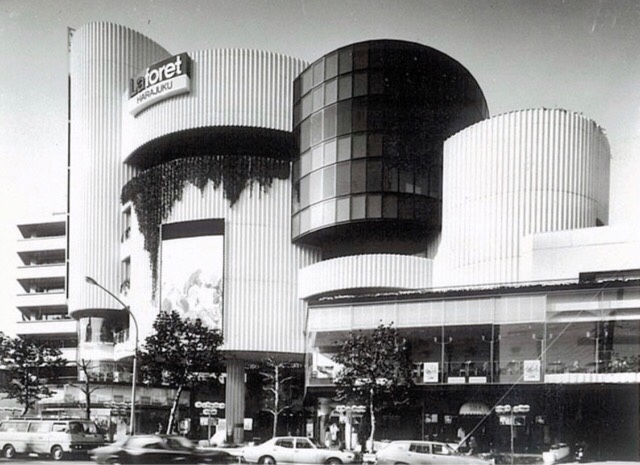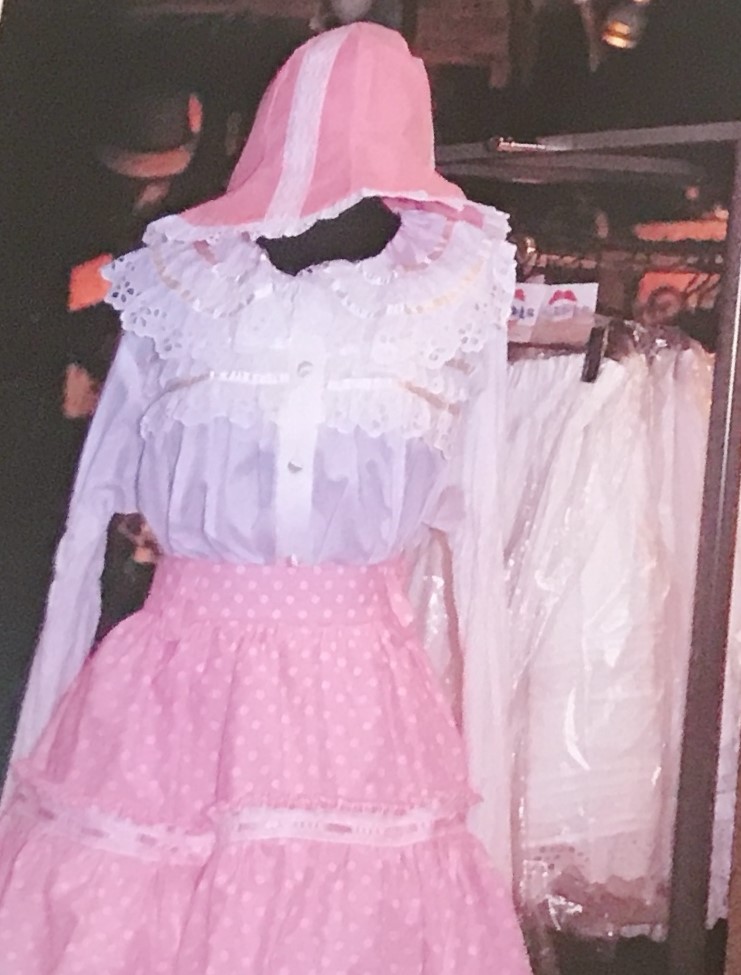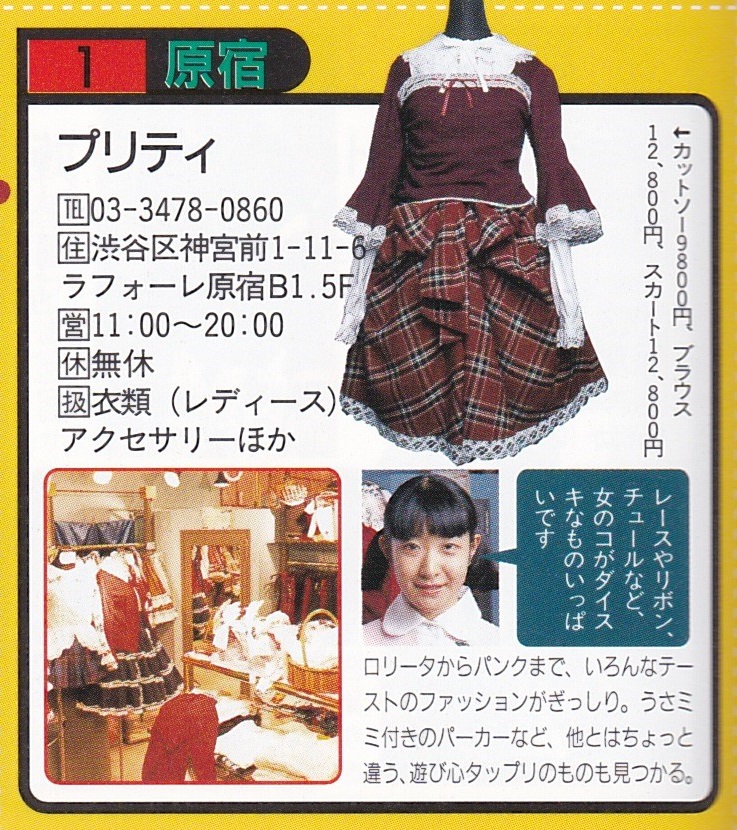Lolita History: Pretty
Disclaimer: Lately, I’ve been really interested in researching older brands that influenced early Lolita history. I definitely didn’t grow up in Japan, and I’ve only been wearing lolita for about 14 years, so this is simply my best understanding of these things, based on my research. Please treat it more like a book report, than a primary source.
Pretty was founded by Hiroko Honda in 1979 as a select shop in Laforet Harajuku. Laforet Harajuku was a new building at the time. It had just opened in 1978, at the intersection of Omotesando and Meiji Dori in a location that had previously been the Tokyo Central location of the Seventh-day Adventist Church.
In a 2018 interview with Vice i-D Honda-san said “At that time in Japan, especially in Harajuku, many up-and-coming designers were making original clothes and creating a sort of a movement, there were individual and fun clothing everywhere. […] I always liked cute things, so I selected what I what was cute with my eyes and sold them at my shop.”
It’s difficult to find early photos of pretty, even in the books Angelic Pretty has put out that catalog the brand’s history, they generally start with early Angelic Pretty, not the select shop.
In a 1995 magazine called NeNe there was photo of the interior, and it was captioned thusly:
“The products Pretty deals with are mostly indies items. Because the hats and accessories are handmade there is not a large stock. So if there’s something you want, they are one of a kind so it might be that you can’t get them. But, the good thing about this place is that they take in regular customers’ ideas and hopes, and make clothes that they would like. So, if you become close with the shop manager, you can definitely get something. You can order not only clothes but small items and accessories.”
Nene Volume 1, 1995 – Translation by Tinker Bell
You can see on the wall in the photo what looks like branding for the brand paradox.
The magazine also had a series of coordinate photos, these coords are marked as using items from Pretty.










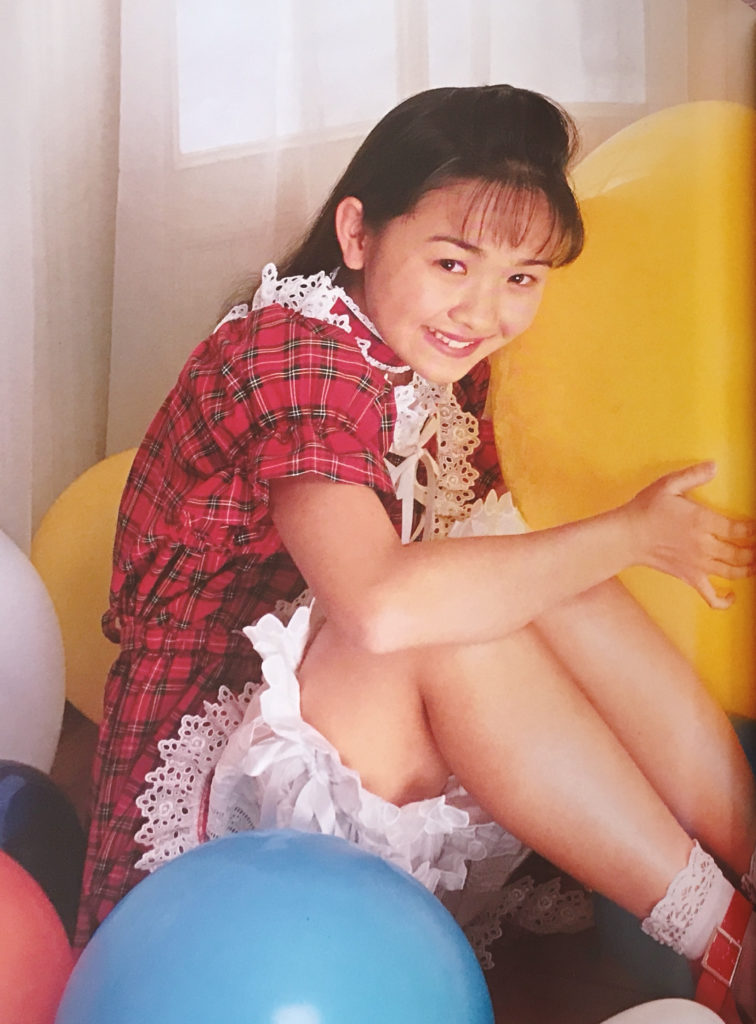



Nene Volume 1, 1995 – Scans by Tinker Bell
According to Angelic Pretty Museum (ISBN 9784800205605), when Angelic Pretty first launched, the atelier was very small, the size of a small one room apartment. Honda-san told Vice i-D that “At the beginning of the year 2000, Gothic & Lolita style had a somewhat underground image. Perhaps for this reason, many items were in black, and it was hard to find bright and pretty colors. [Because of this,] Angelic Pretty has set pink as its main color.”
You can see the iconic Angelic Pretty pink already in use in these PRETTY shopping bags carried by these customers in Fruits snaps from 1999.


“By the year 2000, [lolita] became a word to summarize one genre,” Honda-san says. “At that time there were only a limited number of shops selling Lolita clothing. Many brands were sold only at my shop in Tokyo.”
In the early 2000s, that list included brands like Innocent World, Cornet, Heavy Syrup, Ange, Metamorphose Temps de Fille, Baby the Stars Shine Bright, Bisque Doll, DIETS! and Na+H.
By 2004, as they began to wind-down their select shop business to focus on Angelic Pretty, the list still included Innocent World, Cornet, Marguerite rein, Marchen Merry and Chantilly in one publication and in GLB 13 (2004) their brand list still included Innocent World, Cornet, Heavy Syrup, Ange, Bisque Doll, Strawberry Jam, Marchen Merry, Choco Chip Cookie and Marguerite rein. While GLB 20 in 2006 still lists Pretty as a stockist for Innocent World!
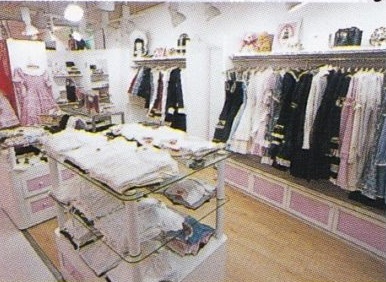
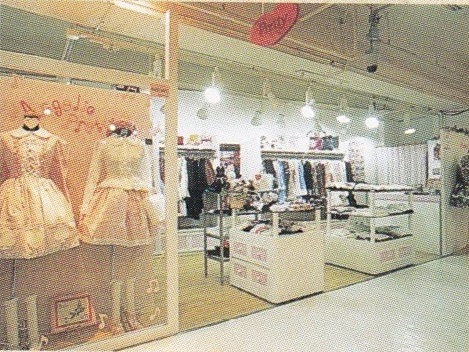
Angelic Pretty listed in an official timeline that in 2002, they launched a new brand: Angelic Pretty, however they have stated in person that the brand launched in 2001. The brand also appears in publications like Kera in 2001.


According to Angelic Pretty 2014 Spring/Summer, in 2003, the first “Angelic Pretty” stand alone shop opened in Nagoya’s NOVA building.
The mall didn’t have a photo of the shop that I could find, but here are some old photos of the shops they shared space with in the building… They were located on the 5th floor, which was the Gothic & Lolita floor of the building.
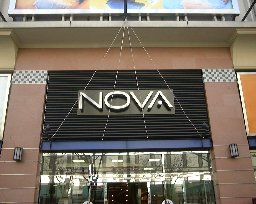
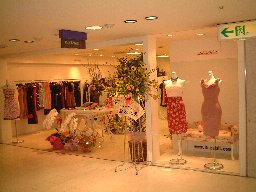
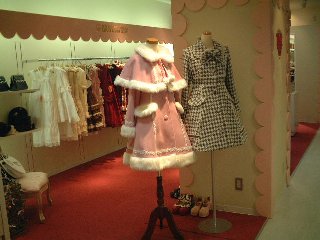
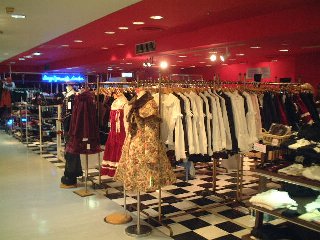

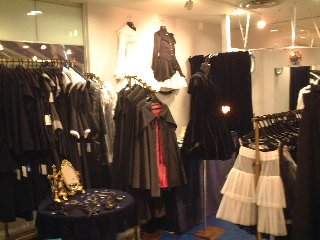

The shop was described on the AP website though. It had a cute display decorated with new works, plenty of cute accessories on the central collection board, Cute blouses and cut-and-sews with lots of lace on the four shelves. Where an easy-to-use bag is also displayed. There were also two racks full of clothes, aligned with a central mirror and the shop was decorated in pastel pink.
A second store in Omiya Arche was opened not much later. This store was a joint shop with the brand Algonquins. The design of the store was reserved and done up in a mature black . The front side of the shop was Algonquin’s clothes. Angelic Pretty’s clothes were displayed differently from the Tokyo Pretty and Nagoya Angelic Pretty stores. On a four-tiered set of shelves were cutsews, new knitwear, and Kira Imai’s postcards. Selected Angelic Pretty accessories were also lined up there on the top shelf. Clothes were hung on a rack facing the front for easy viewing, which was near another shelf that held bags and socks. Baby and Black Peace Now also had shops on that floor at the same time.
But even as Pretty was phasing out their select shop model in favor of focusing on Angelic Pretty, they opened a new select shop as a joint venture with Atelier Pierrot. The new select shop was called Carina e Arlequin and it opened September 5th 2003 in Laforet Harajuku. It stayed there until January 24th 2004 when it closed. A new location opened December 18, 2004 in the Utsunomiya Alphonse Building, as well as one in the Osaka Brutus Building which opened in the summer of 2004 as an Angelic Pretty store decorated in hot pink before becoming a hybrid AP/CEA shop sometime prior to May of 2005.









The shop carried several brands including a house brand which had some items which were dark colorways of existing Angelic Pretty items with different tags.


They also carried items from Kikirara Shōten, Spirale Schönheit, Atelier Boz, Na + H, Fairy Wish, MUKURO, Elements, Chantilly, MAMA, F-Laboratoly, Favril hearts, Yuuki, Requi M, ~ e s ~, and MilkCrown. Later on they added Victorian Maiden, Pina Sweet Collection, Marble, Visible, Angelic Pretty and Atelier Pierrot.
By sometime in late 2006, the Carina e Arlequin concept had run it’s course and the shop simply became the Utsunomiya Angelic Pretty & Atelier Pierrot locations instead.
Angelic Pretty still occasionally will sells items from artists the collaborate with, like Imai Kira, in their shop, but aside from the international locations which are often run by international companies, Angelic Pretty seems to have left their select shop days behind them.
Their Sendai store, which opened in August of 2005, for example, was purely Angelic Pretty.






As for Honda-san, founder of Angelic Pretty, few photos of Honda-san exist online, and even in the interview with Vice i-D, she’s not pictured.
However, there are some older photos that were posted to LJ years ago with her in them. While she isn’t wearing AP in these photos, she has worn AP at at least one other event.
The only recent photo I know of was taken by a convention that shan’t be named and so I won’t reproduce it here.


I hope you enjoyed this little walk through the history of Pretty, and I’d love to see any photos anyone else may have dug up of the Pretty shop from before the days of Angelic Pretty, so please if you have more photos or info, feel free to link in the comments.

